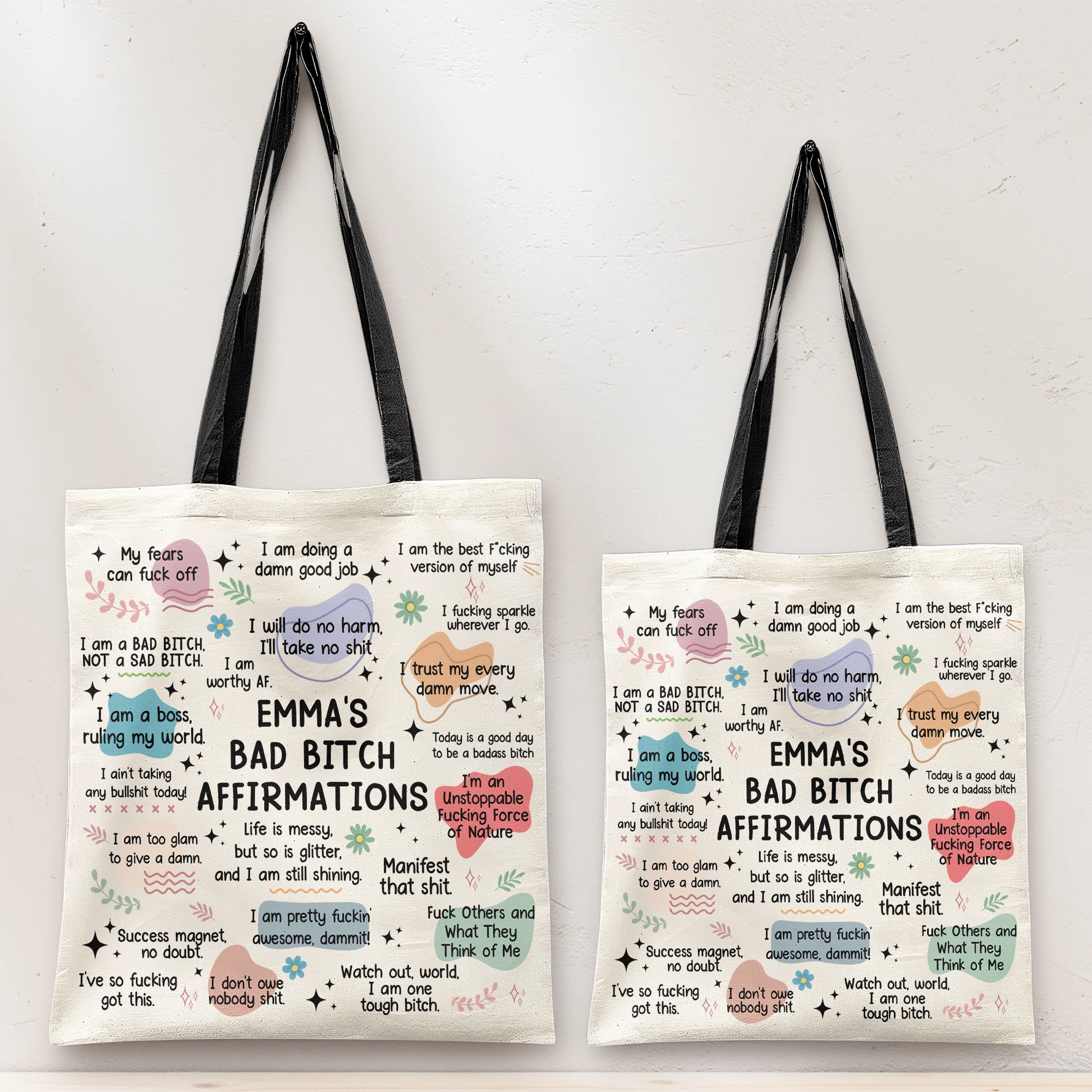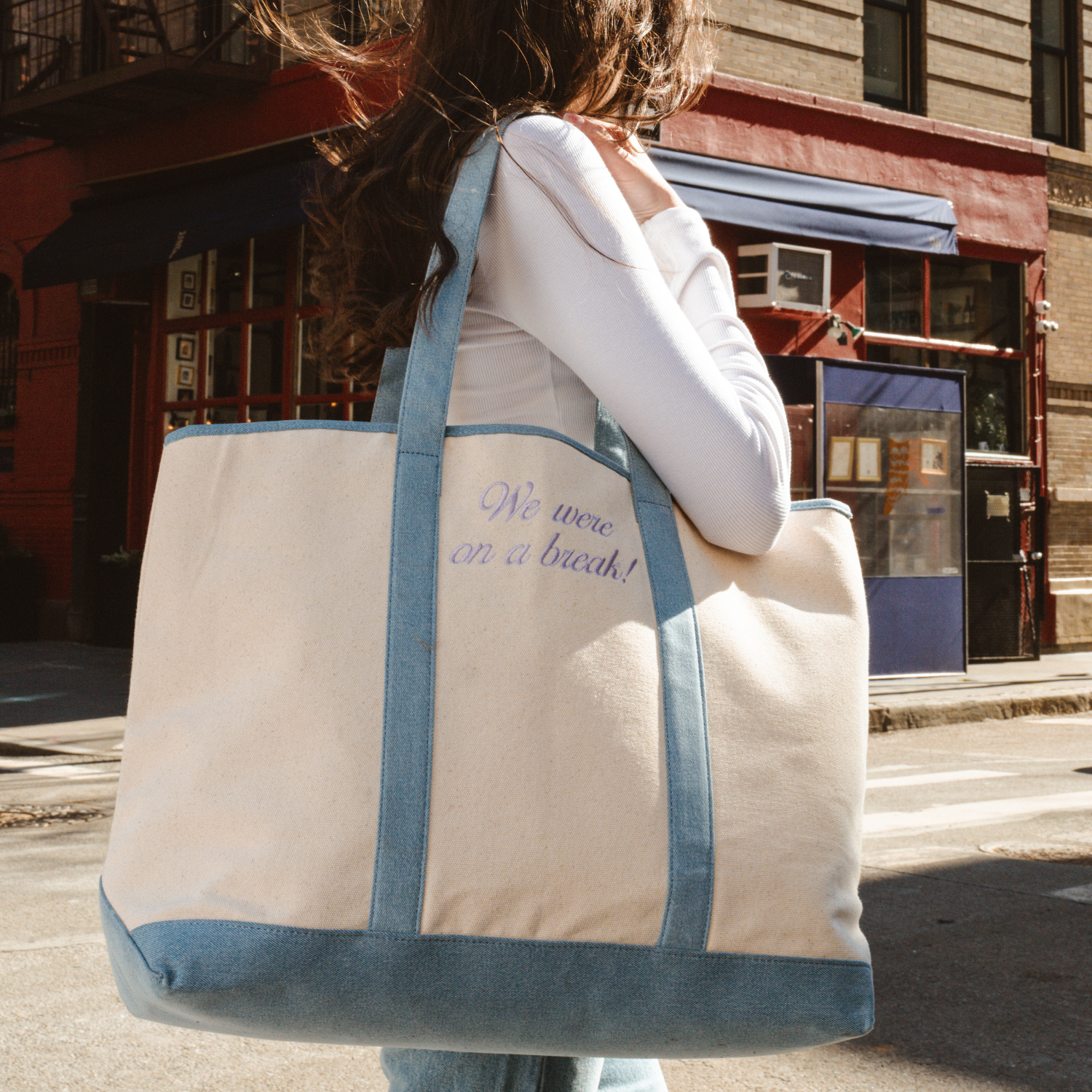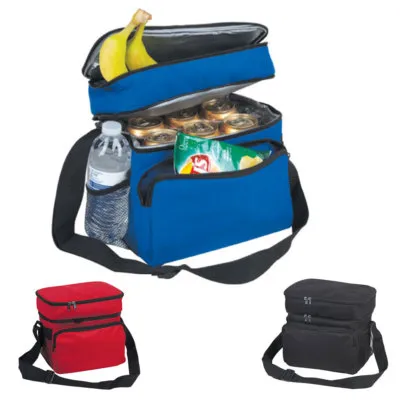Canvas bags are known for their rugged charm, but in cold weather, they offer more than just style. This article explains why canvas, especially waxed canvas1, outperforms other materials during winter. These reasons highlight functional advantages crucial for cold-weather users.
6 Reasons Canvas Bags Perform Better in Cold Weather

Canvas bags, particularly waxed ones, excel in winter thanks to their durability, weather resistance, insulation, and breathability2, making them ideal for snowy or cold environments.
Canvas is more than a summer favorite—it’s a winter essential too. Read on to discover why it thrives in the cold.
Water and Wind Resistance (Especially Waxed Canvas)

Waxed canvas is specially treated to block water and wind, giving it a serious edge in winter. The wax coating creates a tough barrier against snow, sleet, and rain, shielding your contents from moisture and freezing gusts. Unlike plastic or synthetic bags, canvas holds its form and performance even under stormy skies.
How Waxed Canvas Protects in Cold Conditions
| Feature | Benefit in Cold Weather |
|---|---|
| Wax Coating | Blocks water and wind |
| Dense Weave | Reduces drafts and seepage |
| Natural Fibers | Less prone to cracking in cold |
Canvas's structure and treatment combine to provide reliable, weatherproof performance in subzero settings.
Durability in Harsh Conditions

Winter can be brutal on gear. From rough sidewalks to snow-covered trails, your bag needs to endure the elements. Canvas is up to the task. It resists abrasions, holds up under pressure, and doesn't wear out quickly. Waxed canvas takes that toughness up a notch by repelling wet slush and melting snow.
Strength Against the Elements
| Canvas Type | Durability Features |
|---|---|
| Regular Canvas | Strong fibers, tight weave |
| Waxed Canvas | Added resistance to moisture |
| Reinforced Seams | Extra protection in stress areas |
This durability ensures that your canvas bag will last multiple winters without breaking down or tearing.
Breathability Prevents Moisture Build-Up

One of canvas’s hidden strengths is breathability. Unlike many plastic-based fabrics, canvas allows air circulation. This is especially important in cold, wet environments where moisture tends to accumulate inside closed bags. Canvas lets that moisture escape, keeping the bag’s interior dry and fresh.
Why Breathability Matters in Cold Weather
| Material | Breathability | Cold Moisture Performance |
|---|---|---|
| Canvas | High | Reduces dampness |
| Nylon | Low | Traps condensation |
| PVC | Very Low | Prone to internal sweating |
Avoiding moisture buildup helps protect sensitive items like electronics and documents during long outdoor use in winter.
Flexibility and Pliability in Cold Temperatures

Some materials get stiff or even crack in freezing conditions. Not canvas. Waxed canvas remains supple in low temperatures, making it easier to fold, carry, and use. This flexibility also means fewer risks of accidental tearing or permanent creases.
Flexibility Comparison by Material
| Material | Cold Temp Performance |
|---|---|
| Waxed Canvas | Stays pliable |
| Hard Plastics | Becomes brittle |
| Rubberized Nylon | May stiffen |
This makes canvas ideal for active winter use, whether you’re commuting or hiking in snow.
Natural Insulating Properties
Canvas offers a basic level of insulation due to its dense, woven fibers. Some models, especially cooler bags, include foam padding between layers to maintain internal temperatures. This helps shield the contents—like food, electronics, or warm clothes—from freezing conditions.
Insulation Role of Canvas Bags
| Bag Type | Insulating Feature |
|---|---|
| Standard Canvas | Dense fibers slow heat loss |
| Insulated Canvas | Foam lining maintains warmth |
| Waxed Canvas | Extra barrier to cold/wet air |
Even a lightly padded canvas tote can buffer your items from the worst of winter’s chill.
All-Season Adaptability and Style

Canvas doesn’t just perform well—it looks good too. Its appearance stays consistent across seasons. Whether it’s sunny or snowy, canvas blends into any wardrobe or outdoor gear. This makes it a go-to choice for professionals, travelers, and outdoor enthusiasts alike.
Why Canvas is Season-Proof
| Feature | Cold Weather Benefit |
|---|---|
| Shape Retention | Looks neat despite wet snow |
| Color Stability | Doesn’t fade with exposure |
| Rugged Aesthetic | Complements winter fashion |
Its year-round dependability also reduces the need for switching bags seasonally, saving both time and storage space.
Conclusion
Canvas bags are a winter winner. They fight off water and wind, stay tough in the snow, and won’t turn stiff when the temperature drops. Their breathability and insulation make them reliable for protecting your gear in cold weather. Personally, I’ve relied on waxed canvas totes during many snowy commutes, and they’ve never let me down. If you’ve tried them yourself, let us know how they’ve worked for you in the comments!









